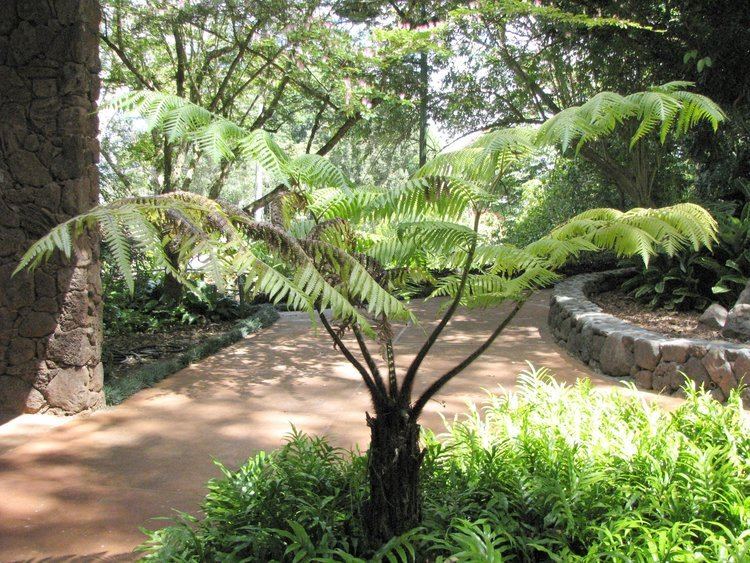Kingdom Plantae Scientific name Cibotium Rank Genus | Division Pteridophyta Higher classification Dicksoniaceae Order Tree ferns | |
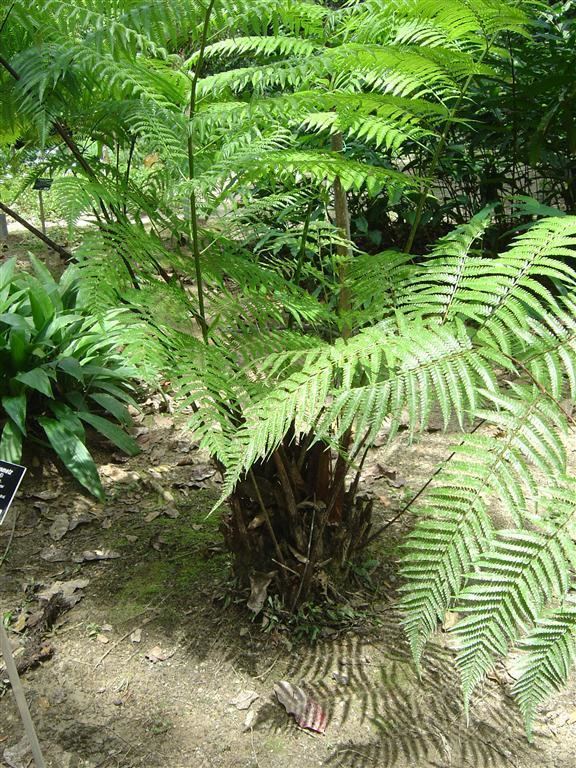 | ||
Family Cibotiaceaesensu Smith et al. (2006) Lower classifications Cibotium barometz, Cibotium menziesii, Cibotium cumingii | ||
Cibotium garden plants
Cibotium (from the Greek kibootion, meaning chest or box) is a genus of 11 species of tropical tree fern—subject to much confusion and revision—distributed fairly narrowly in Hawaiʻi (four species, plus a hybrid, collectively known as hāpuʻu), Southeast Asia (five species), and the cloud forests of Central America and Mexico (two species). Some of the species currently listed in the literature seem to be synonyms or local-variant subspecies. Cibotium glaucum, from Hawaiʻi, is the most frequently encountered Cibotium species in the horticultural trade, together with its sibling species Cibotium chamissoi and the potentially huge Cibotium menziesii. The remaining Hawaiian Cibotium, C. nealiae, is a 1-metre (3.3 ft) dwarf variety, restricted to the island of Kauaʻi that is never seen in the horticultural trade. Precise identification of Cibotium species is difficult, although all have shiny and rather waxy fronds when viewed from above, with varying degrees of powdery-pale blush when seen from underneath. The natural habitat of Cibotium is among the dripping trees and stream gulleys of the rainforests on Hawaiʻi's windward volcanic slopes.
Contents
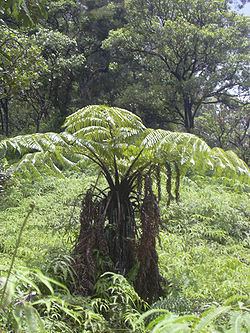
Pressure on Hawaiian Cibotium habitats comes from development encroaching on the forested areas, especially the more accessible, lower-lying areas which are commercially attractive for land clearance. A less obvious threat comes from an invasive introduced tree fern species: Cyathea cooperi (the most popular garden tree fern in the United States), which has escaped from the islands' suburban gardens and now outcompetes the endemic flora. Wind-blown spores from this rapidly growing Australian import can migrate many miles into pristine Cibotium forests. This is a fairly recent phenomenon, but one which may eventually have grave consequences for the tree fern ecosystem in Hawaiʻi.
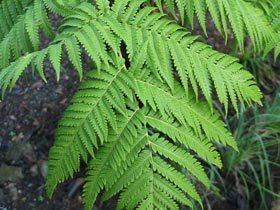
The other Cibotium species that often surface in botanical collections are Cibotium schiedei and Cibotium regale (Mexico), plus Cibotium barometz (Asia). The last species is best known for its role in ancient medicine. In traditional Chinese medicine, it is used as an anti-inflammatory and an anodyne; its rhizome hairs are used in Malaysia and China as a styptic for wounds. It is still exported from Malaysia for this purpose. Hair-covered pieces of the rhizome, with bud stalks imitating legs, were used to lend credence to the medieval legend of the Vegetable Lamb of Tartary, a half-sheep, half-plant hybrid.
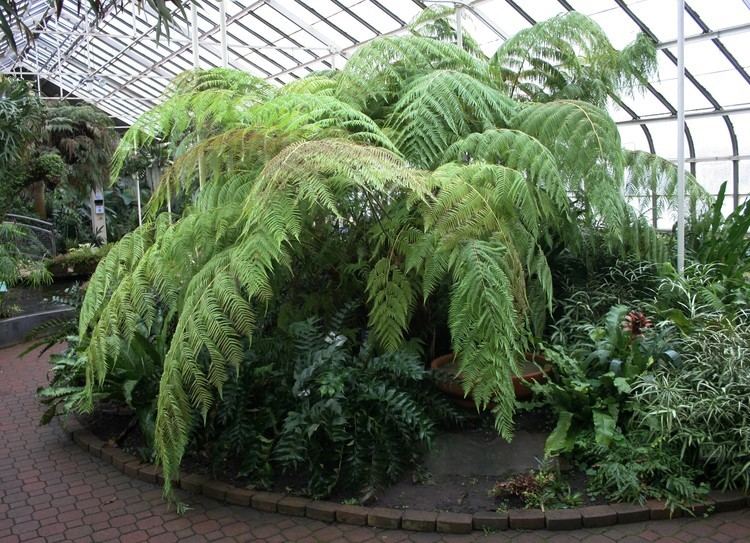
No publicly accessible Cibotium collections are growing outdoors in the United Kingdom - although they are sometimes seen in California garden designs, but two outstanding glasshouse collections are kept at the Royal Botanic Gardens, Kew, and the RBG Edinburgh in Scotland.

Species
